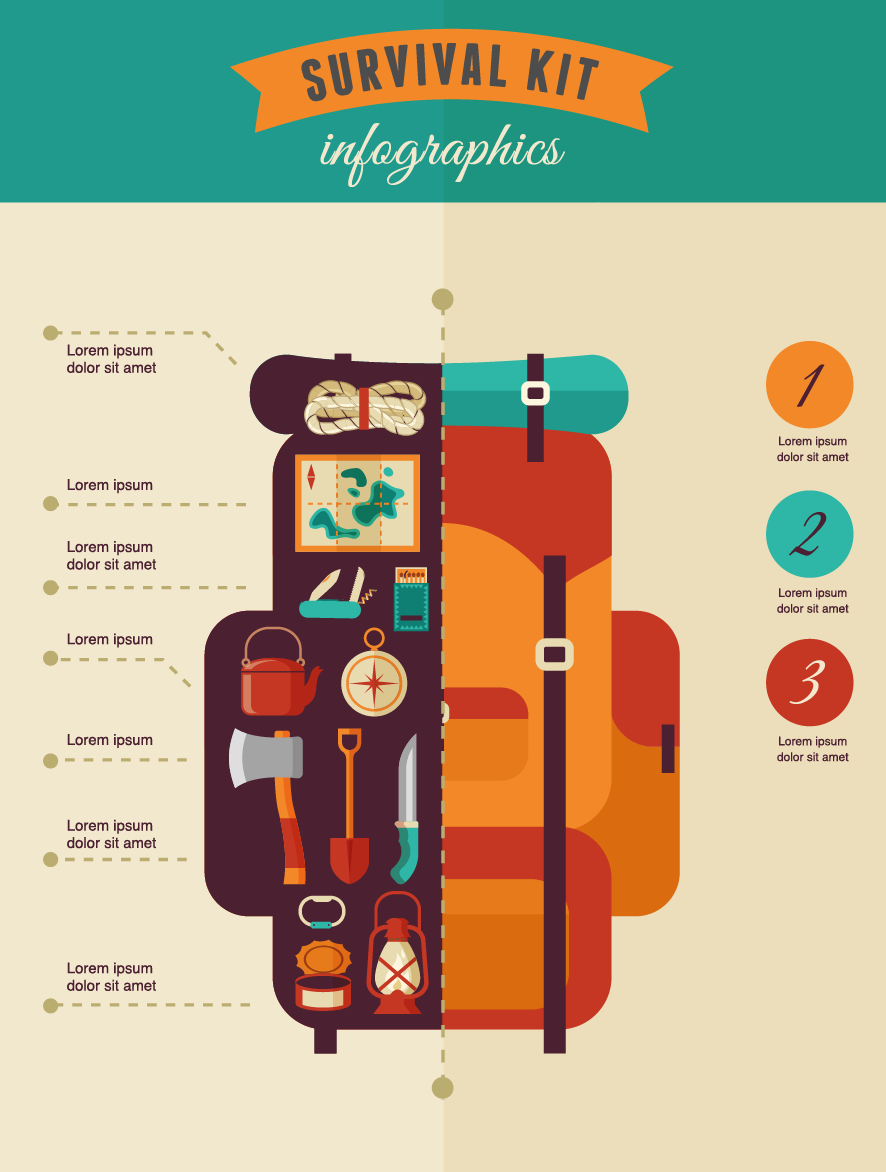Winter months camping is an enjoyable and adventurous experience, but it needs proper equipment to ensure you remain warm. You'll require a close-fitting base layer to trap your temperature, along with a shielding jacket and a water-proof shell.
You'll also need snow risks (or deadman supports) hidden in the snow. These can be connected utilizing Bob's clever knot or a normal taut-line drawback.
Pitch Your Camping tent
Wintertime camping can be a fun and adventurous experience. Nonetheless, it is necessary to have the correct equipment and understand exactly how to pitch your tent in snow. This will certainly protect against cool injuries like frostbite and hypothermia. It is likewise essential to eat well and remain hydrated.
When establishing camp, make certain to choose a site that is protected from the wind and without avalanche risk. It is also an excellent concept to pack down the area around your outdoor tents, as this will certainly help reduce sinking from body heat.
Prior to you established your outdoor tents, dig pits with the exact same size as each of the anchor factors (groundsheet rings and man lines) in the center of the outdoor tents. Load these pits with sand, stones or even things sacks full of snow to compact and safeguard the ground. You might also intend to take into consideration a dead-man anchor, which involves linking camping tent lines to sticks of wood that are hidden in the snow.
Pack Down the Location Around Your Camping tent
Although not a requirement in most locations, snow stakes (additionally called deadman supports) are an outstanding enhancement to your camping tent pitching package when camping in deep or pressed snow. They are essentially sticks that are designed to be hidden in the snow, where they will ice up and produce a strong support point. For ideal results, make use of a clover drawback knot on the top of the stick and bury it in a few inches of snow or sand.
Establish Your Camping tent
If you're camping in snow, it is a good concept to use an outdoor tents developed for winter months backpacking. 3-season camping tents work great if you are making camp below tree zone and not expecting specifically severe climate, but 4-season outdoors tents have stronger poles and fabrics and use more security from wind and hefty snowfall.
Make sure to bring adequate insulation for your sleeping bag and a cozy, dry blow up mat to sleep on. Blow up mats are much warmer than foam and assistance protect against chilly places in your tent. You can additionally add an additional floor covering for sitting or food preparation.
It's also a great concept to set up your outdoor tents close to an all-natural wind block, such as a team of trees. This will make your camp a lot more comfortable. If you can't locate a windbreak, you can create your own by excavating openings and hiding objects, such as rocks, camping tent risks, or "dead man" anchors (old camping tent guy lines) with a shovel.
Tie Down Your Outdoor tents
Snow stakes aren't needed if you make use of the best methods to anchor your camping tent. Hidden sticks (possibly gathered on your technique walk) and ski poles function well, as does some variation of a "deadman" buried in the snow. (The concept is to develop an anchor that is so strong you will not be able to pull it up, despite a great deal of effort.) Some makers make specialized dead-man supports, but I choose the simplicity gift bag of a taut-line drawback tied to a stick and after that hidden in the snow.
Recognize the terrain around your camp, particularly if there is avalanche threat. A branch that falls on your tent might harm it or, at worst, wound you. Also be wary of pitching your camping tent on an incline, which can catch wind and lead to collapse. A sheltered area with a reduced ridge or hillside is far better than a steep gully.
